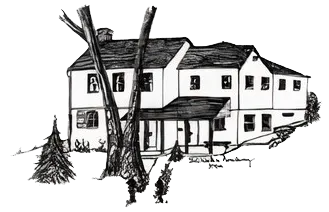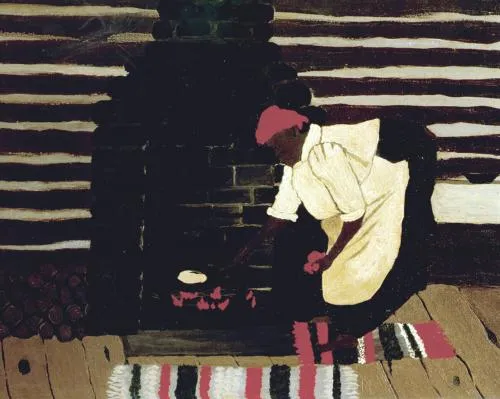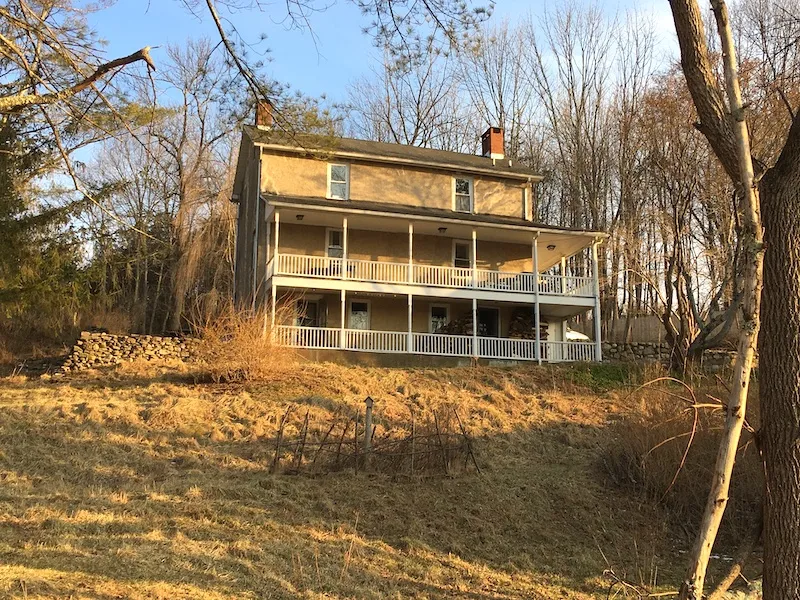Women Working Without Rights
In addition to the heavy workload taken on by women living in the farmlands of colonial New Jersey, Casper Shafer’s wife Maria also ran an inn and tavern to welcome travelers in their home. To manage such a large operation with efficiency, she relied on the help of a crew of enslaved people who probably began arriving in Stillwater as early as the family did in 1742. They were housed in a two-story building which still stands on Stillwater Road overlooking the Paulinskill River. The men cleared the woodlands to create farmland and built the gristmill while the women would have attended to household chores as well as tending crops when needed.
Enslaved people were instrumental in keeping the farms productive. The British Crown had actively encouraged the practice under the Concessions of 1664-1665 which offered new landowners an additional 75 acres “for every… slave, over 14 years, carried with him or sent.”
Even after the signing of the declaration of independence which proclaimed that “all men are created equal”, slavery continued in New Jersey almost until the Civil War. The 1790 Federal Census found that enslaved people made up 6.2% of New Jersey’s total population of 184,139 people, including 478 in Sussex and Warren counties. Women made up about half of this population. In 1804 an act was passed to introduce a gradual reduction of the enslaved population, but it included conditions that allowed the practice to drag on for many years.
Old habits die hard. On January 16th, 1866 The New Jersey Herald reported that the 13th Amendment abolishing slavery was ratified when it passed through the House of Assembly in New Jersey, although Senators from Sussex and Warren counties opposed abolition and voted “nay.”


